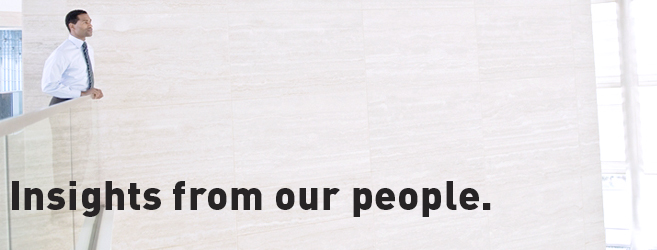Can I help?
Have you ever seen someone fall over in public? If so, you’ve probably also seen them pick themselves up, and hurriedly mumble “I’m fine,” if anyone approaches them offering help. I’ve done it myself on many occasions over the years. This scenario offers a microcosm of the dynamics going on in any helping relationship; as Edgar Schein describes in his wonderful book Helping, there is a complex interplay going on between helper and helped, and unless both parties get that right, the offers of help will be shunned, even when they are really needed.
The penny-dropping moment with this book came when it dawned on me that those of us offering outside consulting support are, in our own way, proffering help to our clients. If I had a dollar for every suggestion or proposal I had submitted to “solve” a client’s problem only to be told that it wouldn’t work, or that I was taking the wrong approach, I’d be a wealthier person today! Had I really taken enough time to understand the problem, or to build up sufficient trust and respect between us?
And yet, when the client/helper relationship works, it can work exceptionally well. I will never forget the first proposal with a new client following a lengthy investigation into his situation. “So you’re telling me that I am the problem,” he mused. “Well, that’s good news, because the one person I know I can change is me. It’s persuading hundreds of others to change that is much harder.” He became our best client ever. And yet, the more I think about it, the more I realize that we struck lucky with this guy, finding each other at just the right time. He was actively looking for help and we came along with a practical approach that appealed to his belief system.
I’m seeing now that getting to the point where your help is both needed and welcome takes time, and should be factored into any intervention. It might seem time-consuming, but it is time well spent.
How are you at giving help? Or receiving it?

